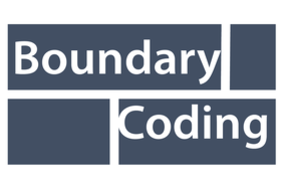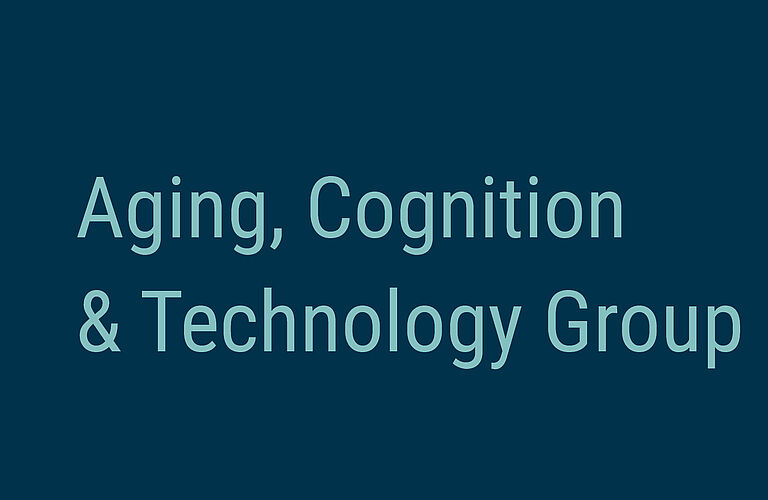Boundary Coding

We investigated the neural basis of allocentric boundary and goal direction coding using a combination of immersive virtual reality and high resolution functional imaging. To investigate this, we created a virtual environment containing four boundaries, which was surrounded by four global landmarks (see schematic of the environment to the left). To promote exploration of the environment, participants were required to collect blue tokens that formed a path around the four boundaries. To ensure that the participant was aware that the boundaries were impassable, they were required to ‘activate’ red sensors located on each side of a boundary via a button press, which resulted in them turning green (see video 'Exploration phase').
In the fMRI task, the participant viewed passive movement in the virtual environment (indicated by the black arrows in the environment schematic to the left) and was required to indicate the global landmark located in the direction of a cue object positioned either to the left or right of their path. Each trial comprised passive movement along a predefined path in which the participant could see 1) one global landmark towards which they were moving, 2) one boundary, and 3) the cue object. After the movement ended, the screen faded to black before the start of the decision phase, which comprised a forced-choice response. Here, the participant had to indicate which of the three global landmarks (i.e., the remaining landmarks not seen during the passive movement on the trial) was located in the direction of the cue object. For example, if the participant viewed a path heading towards the mountain, and the cue object was positioned on the right-hand side of the path, the participant was required to identify the global landmark located to the right of the mountain. In this case, the correct response would be the clock tower. In the forced-choice decision, the three global landmarks were presented on screen in a row, with the position of the landmarks randomly assigned either to the left, middle, or right position of the screen on each trial (see video 'Example Scanner Trials' ).

